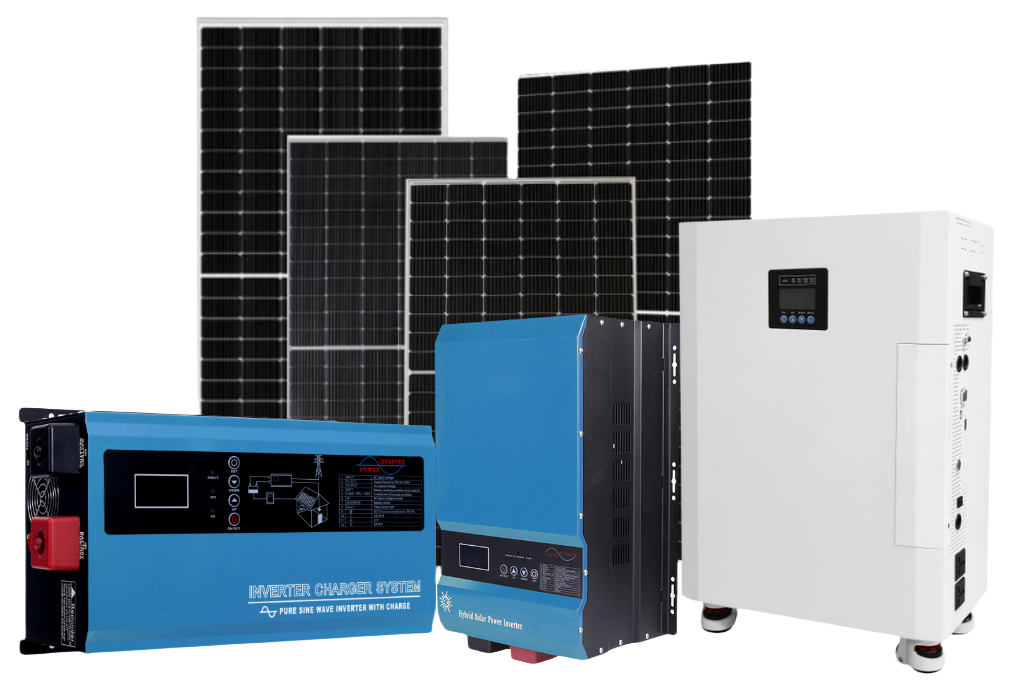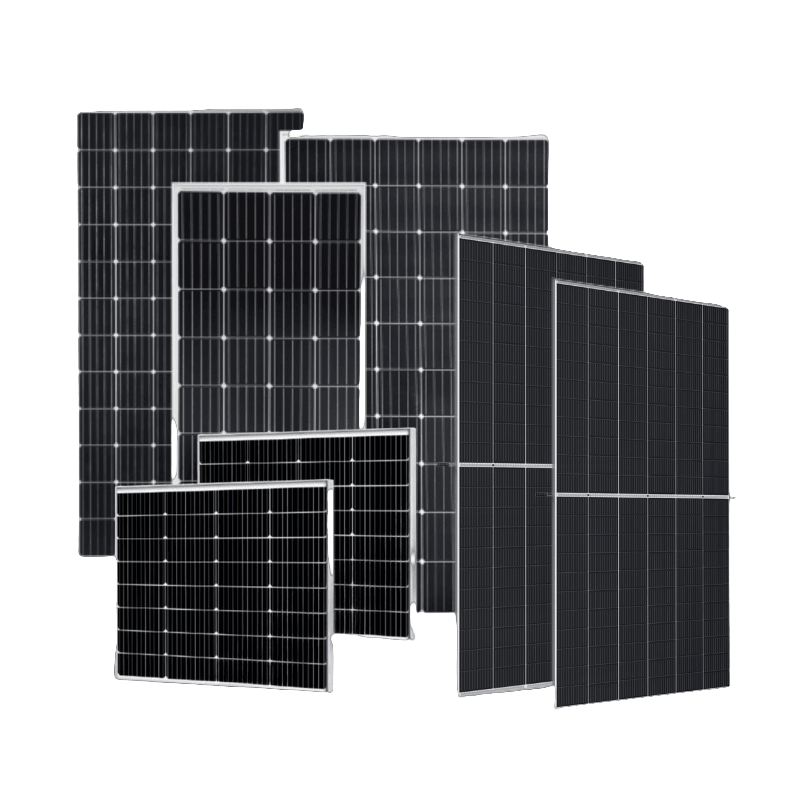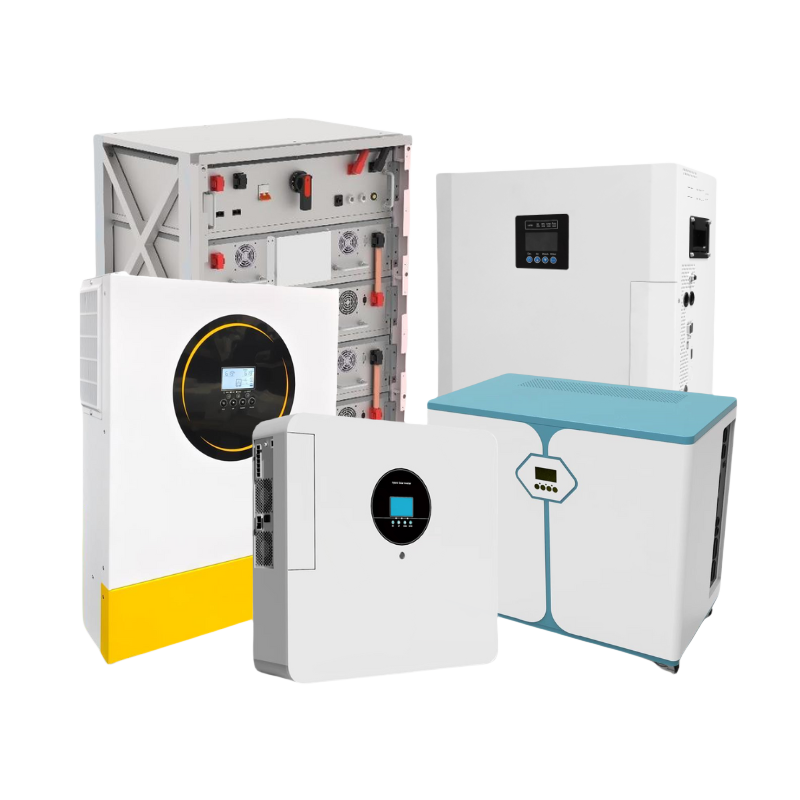Yes, an inverter with a battery can be used as a UPS, especially if it is designed with near-instantaneous power switching capabilities. This functionality is crucial for maintaining uninterrupted power supply to connected devices, similar to what a traditional UPS would offer.
Now, let’s delve into the technicalities and considerations of using an inverter as a UPS, examining aspects such as switching time, power capacity, and more.
What is a UPS and an Inverter with a Battery?
A UPS, or Uninterruptible Power Supply, is a device specifically engineered to provide rapid power backup in the event of a grid failure, ensuring that connected equipment, such as computers and medical machinery, continues to function without any perceptible interruption.
The key feature of a UPS is its ability to switch from mains power to battery-supplied power almost instantaneously—typically within a few milliseconds—thereby protecting the operation of critical systems against power disruptions.
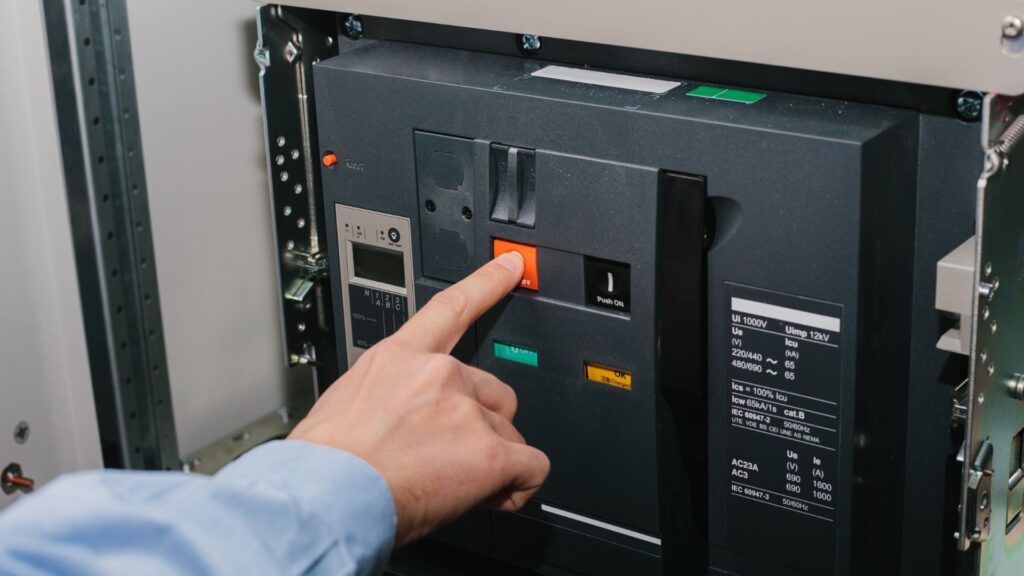
An inverter with a battery serves a somewhat similar but distinct function. It primarily acts as a power converter, transforming the direct current (DC) stored in batteries into the alternating current (AC) that most household appliances require.
In a typical setup, the inverter remains passive while the mains power is active. However, in the event of a power outage, it activates automatically. The inverter detects the disruption and swiftly switches the power source from the mains to the battery without manual intervention, thereby ensuring a continuous power supply. This seamless transition mimics the functionality of a UPS, making it invaluable for maintaining the operation of essential devices during electrical interruptions.
Unlike a UPS, the transition from mains to battery power in an inverter system is not immediate and may involve a short delay, usually within the range of a few milliseconds to a second. This delay is generally acceptable for residential and non-critical uses but may not suffice for devices sensitive to even the briefest loss of power.
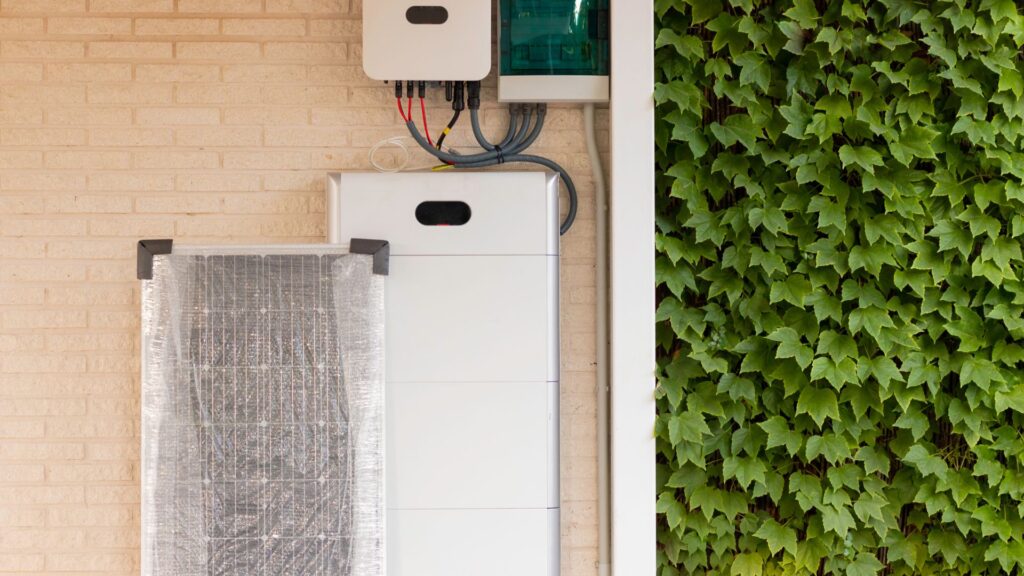
Key Considerations for Using an Inverter as a UPS
1. Switching Time
Switching time is a critical specification when evaluating the efficacy of inverters used as UPS systems, especially for environments with sensitive equipment.
Standard inverters typically take several milliseconds to transition from grid to battery power. This delay, albeit brief, may pose risks to devices that are vulnerable to even short interruptions in power supply, such as computer systems and medical machinery, potentially leading to data loss or operational failures.
However, advanced inverters equipped with UPS-like capabilities can accomplish this switch in less than 10 milliseconds. Such quick switchover times are sufficient for ensuring uninterrupted operation in most household and office settings, thereby safeguarding electronics from the adverse effects of power disruptions.
2. Power Capacity
Inverters are available in a wide range of capacities, and selecting one that aligns with the total power requirements of your appliances is crucial for system integrity.
An inverter that is too small may become overloaded, leading to potential damage to the inverter and connected appliances, while an excessively large inverter may be less efficient.
Accurately calculating the total wattage of all appliances that will rely on the inverter during a power outage ensures the system’s reliability and longevity.
3. Battery Life and Maintenance
Inverters depend heavily on the quality and maintenance of their associated batteries, which are crucial for ensuring the system’s longevity and reliability.
Different types of batteries, such as lead-acid and lithium-ion, offer varying benefits concerning lifespan, performance, and cost. Lead-acid batteries, while cost-effective, typically require more frequent maintenance and have a shorter lifespan than the more expensive lithium-ion alternatives, which provide greater energy density and require less upkeep.
Regular maintenance tasks—such as checking battery fluid levels, cleaning terminals, and ensuring charge cycles are complete—help prevent system failures and extend the battery’s life, thereby maintaining the inverter’s overall effectiveness and reliability.
4. Sine Wave Output
Advanced inverters that provide “pure sine wave” output are particularly beneficial for powering sensitive electronic devices. This type of output closely replicates the smooth, consistent electrical flow of grid power, which is crucial for the safe operation of sophisticated electronics such as computers, audio equipment, and medical devices.
Devices running on pure sine wave power are less likely to experience issues such as humming noises, overheating, or malfunctions, which can occur with less refined power outputs.
Furthermore, pure sine wave inverters help ensure the longevity of electronic appliances by minimizing stress caused by electrical irregularities, thus safeguarding your investments in high-end technology.
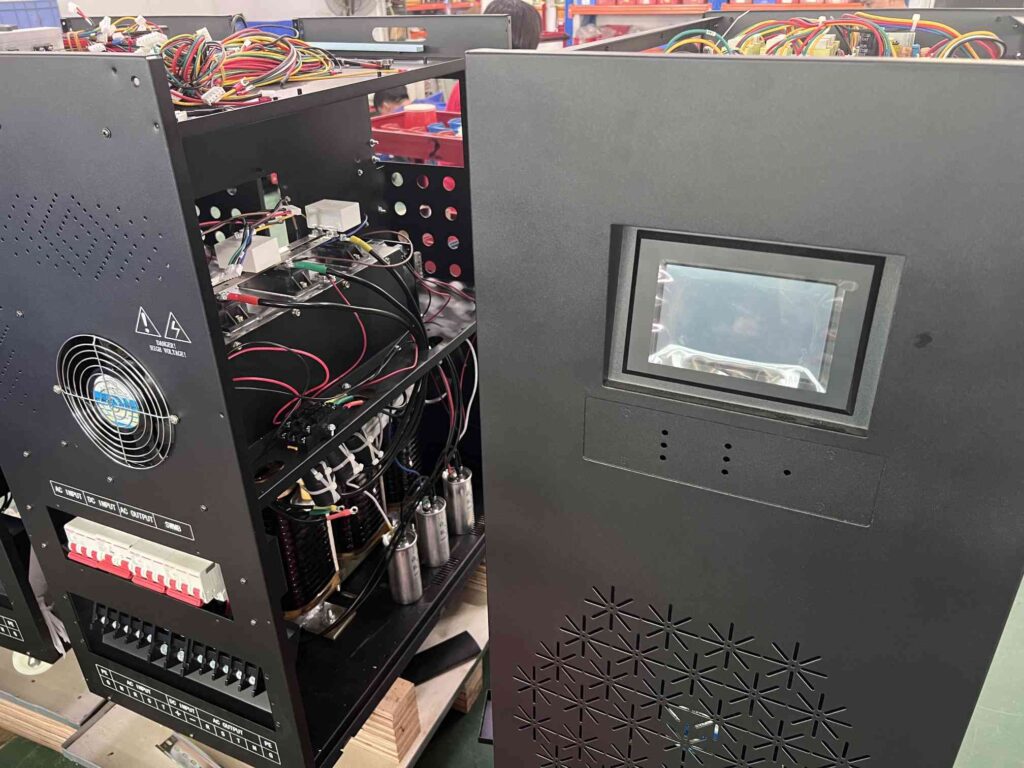
Advantages of Using an Inverter as a UPS
Cost-Effective
Cost-effectiveness is a significant advantage of using an inverter with a battery, especially when considering long-term power backup needs. Inverters are generally more versatile and scalable than traditional UPS systems, which are primarily designed to provide short-term power during brief outages.
While a UPS may offer instant power support crucial for data centers and critical medical equipment, inverters can support a broader range of appliances for extended periods.
This capability makes inverters a more economical choice for homes and businesses looking to maintain functionality during prolonged power outages without the high costs associated with larger UPS systems.
Scalability
Unlike many UPS systems, which are often designed with fixed capacities, inverters offer the flexibility to expand capacity simply by integrating additional batteries. This modularity allows users to customize their system based on evolving power needs without replacing the entire setup.
For instance, a homeowner who decides to add more electrical devices or a small business experiencing growth can easily enhance their inverter system’s capacity, ensuring adequate backup power is available as their energy demands grow.
This adaptability not only provides convenience but also cost savings, as users can scale their systems incrementally.
Versatility
The versatility of modern inverters extends beyond just providing backup power. Many advanced models now come equipped with additional features that enhance their functionality within home energy systems.
For instance, some inverters include integrated solar charging capabilities, allowing them to not only convert DC from batteries to AC for household use but also to manage and optimize power from solar panels.
This dual functionality enables homeowners to create a more sustainable and efficient energy system by harnessing renewable solar energy for daily use and backup power.
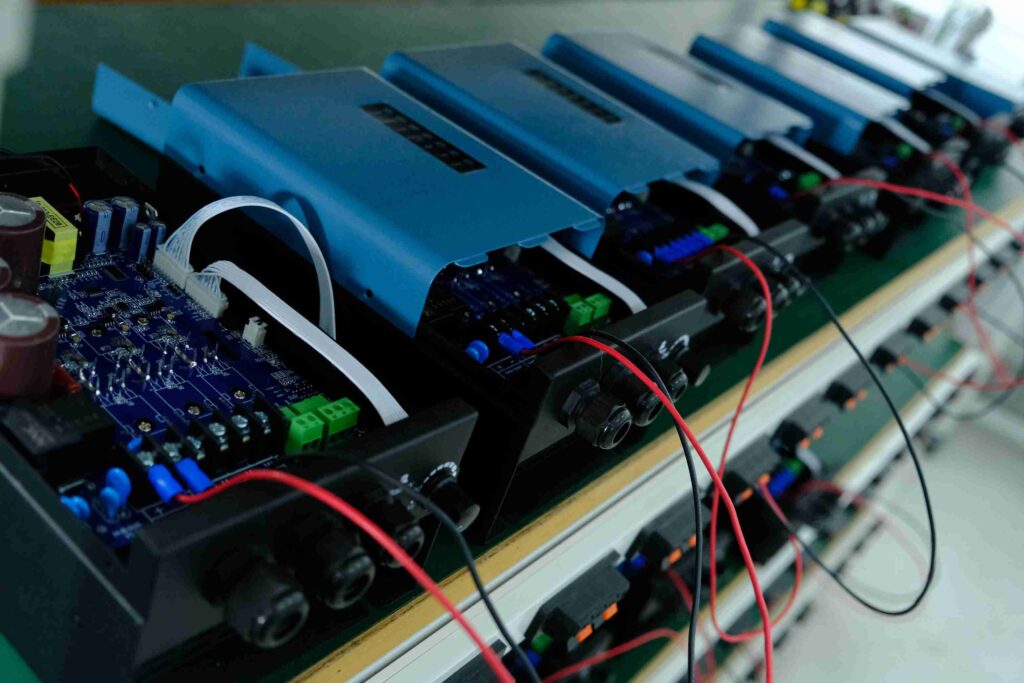
Setup and Safety
When setting up an inverter with a battery to function as a UPS, it’s crucial to prioritize safety and efficiency. Here are some detailed guidelines:
Professional Installation: Always engage qualified professionals for the installation of your inverter and battery system. Expert installers not only understand the technical requirements but also ensure that the setup is optimized for peak performance. They can address potential issues such as cable sizing, proper ventilation, and secure mounting, which are critical to prevent overheating and ensure long-term reliability.
Compliance with Standards: Your inverter and battery installation must adhere to local electrical standards and codes. These regulations are designed to safeguard against electrical hazards like short circuits and fires. Compliance involves using approved components, ensuring proper grounding and bonding, and possibly obtaining necessary inspections and permits. Adhering to these standards is not just about following the law; it’s about ensuring a safe environment for your home or business.
Following these practices will help maintain a safe and efficient system, minimizing risks and maximizing the lifespan and performance of your inverter and battery setup.
Conclusion
While an inverter with a battery can technically function as a UPS, the suitability depends on the specific needs of the equipment being powered.
For general home use, where a slight delay in switchover time is acceptable, a high-quality inverter with UPS features can be an effective and economical solution. However, for environments where uninterrupted power is critical, a dedicated UPS might be necessary. Always consider the specific requirements of your setup before making a decision




















